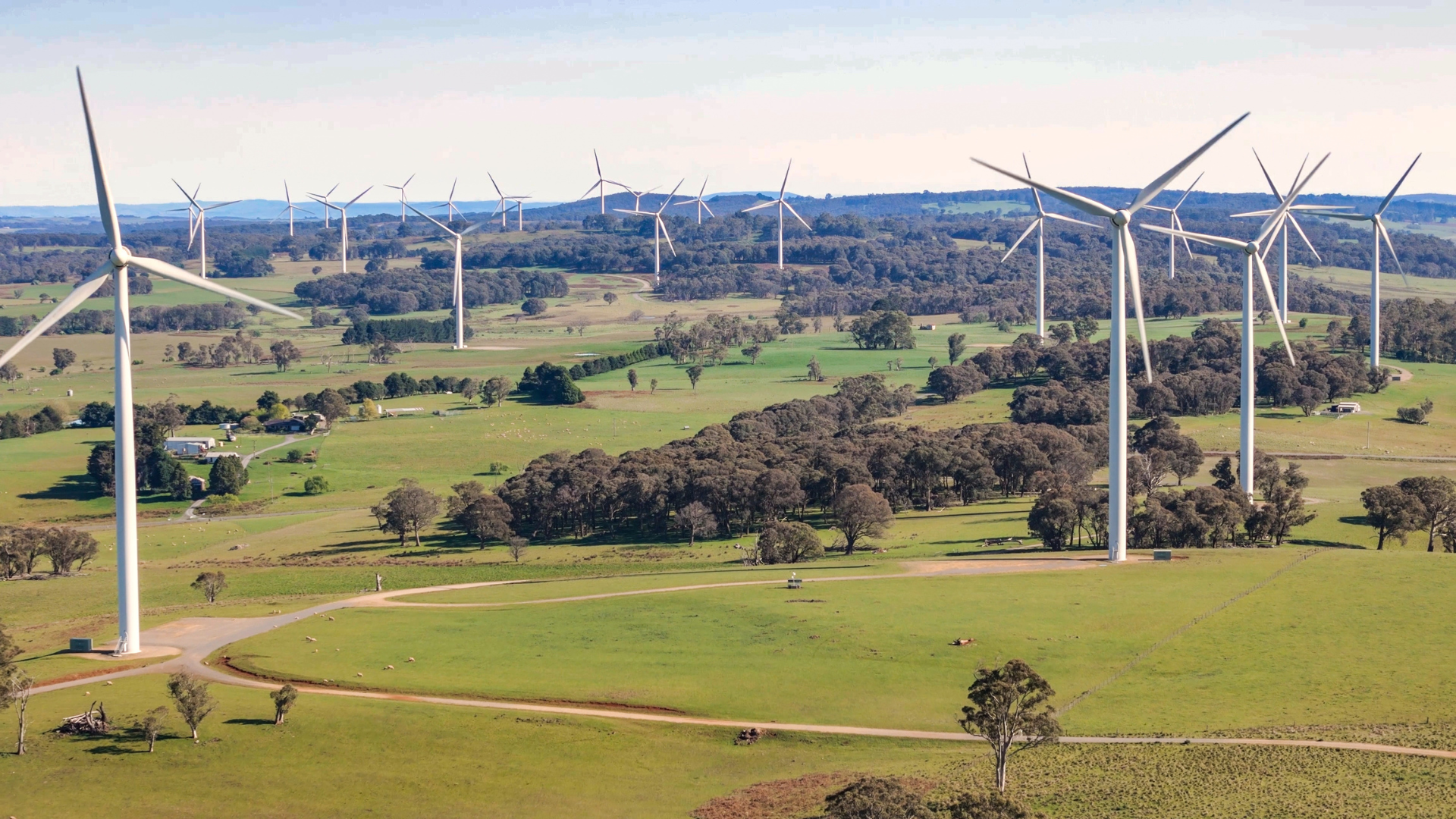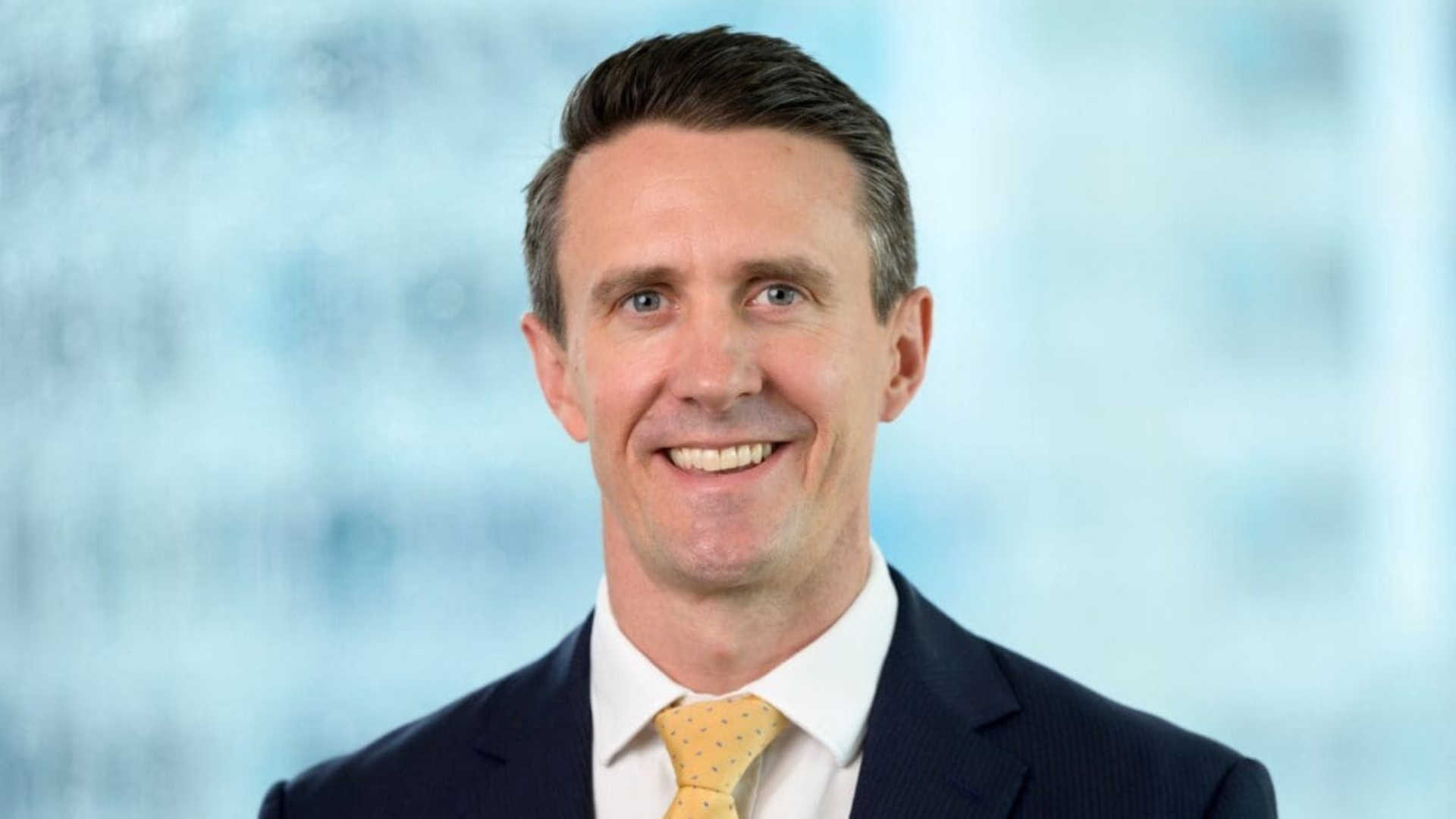How to plan for COP26
Six years after the Paris agreement on climate change action, most of the institutional investment world and the majority of major countries agree on what needs to be done. COP26 represents a gear shift.
Being billed by some investors, including Paris-based global manager Amundi Asset Management, as a “make it or break it Moment”, the Conference of parties to be held in Glasgow from November 1 is expected to be a turning point in the battle against climate change.
Amundi says investors need to have a plan in readiness to hone their own actions and targets and to be prepared to assess all the bold announcements being made by investee companies about reducing carbon footprints.
In a guide for investors, ‘COP26: Why Investors Should Care’, Amundi says: “Currently we are not on the right track. In 2021 carbon emissions are set to rise at the second-fastest annual pace on record; second only to the year of rebound after the GFC. This runs counter to the growing narrative from policymakers and the private sector, who claim that climate change is the top priority on the global agenda.”
The guide was written by Caroline Le Meaux, head of ESG research, Jean-Jacques Barberis, head of institutional and corporate division and ESG, and Théophile Pouget-Abadie, business solutions and innovation.
Le Meaux joined the firm in July 2019. She was previously the head of the long-term investment department at the pension division of Caisse des Dépôts et Consignations (CDC) which is the fiduciary manager of several French pension funds. Her ESG research role at Amundi includes responsibility for the firm’s engagement and voting team.
Although covid-19 recovery packages provide a window of opportunity for ‘building back greener’ or ‘building back better’, thus far, these plans fall short with regard to their climate ambitions, Amundi says.
The pandemic has also put the spotlight on the social dimensions of the fight against global warming, calling for a ‘Just Transition’ to a low-carbon economy.
The guide says: “Investors are increasingly making bold announcements in terms of reducing carbon footprints. This attitude is welcome. However, figuring out how to translate ambition into reality will be the challenge.
“On this front, it will be crucial for investors to assess their starting point, to define short, medium and long-term plans, and to design a plan that encompasses all facets of their business activity, from investment to reporting.
“New indicators – such as temperature scores – and new methodologies are becoming available. They have their respective merits and drawbacks but gaining early exposure to such innovations would enable investors to familiarise themselves with these new approaches.”
The world’s main emitters in absolute terms in order are China by a wide margin, the US, the EU and India. In per-capita terms the main emitters are the US by a wide margin, the EU, China and India. Compared with a country’s GDP, the main emitter is India followed by China, and then the US and EU about equal third, according to World Bank 2019 data.
While the fiscal stimulus packages accompanying the recovery from covid present an opportunity to better address climate change, Amundi says: “To date, almost a third of stimulus announced across the globe will flow into environmentally intensive sectors that have negative impacts on climate change and/or biodiversity. The COP26 represents a key opportunity to change course and refashion these plans.”











